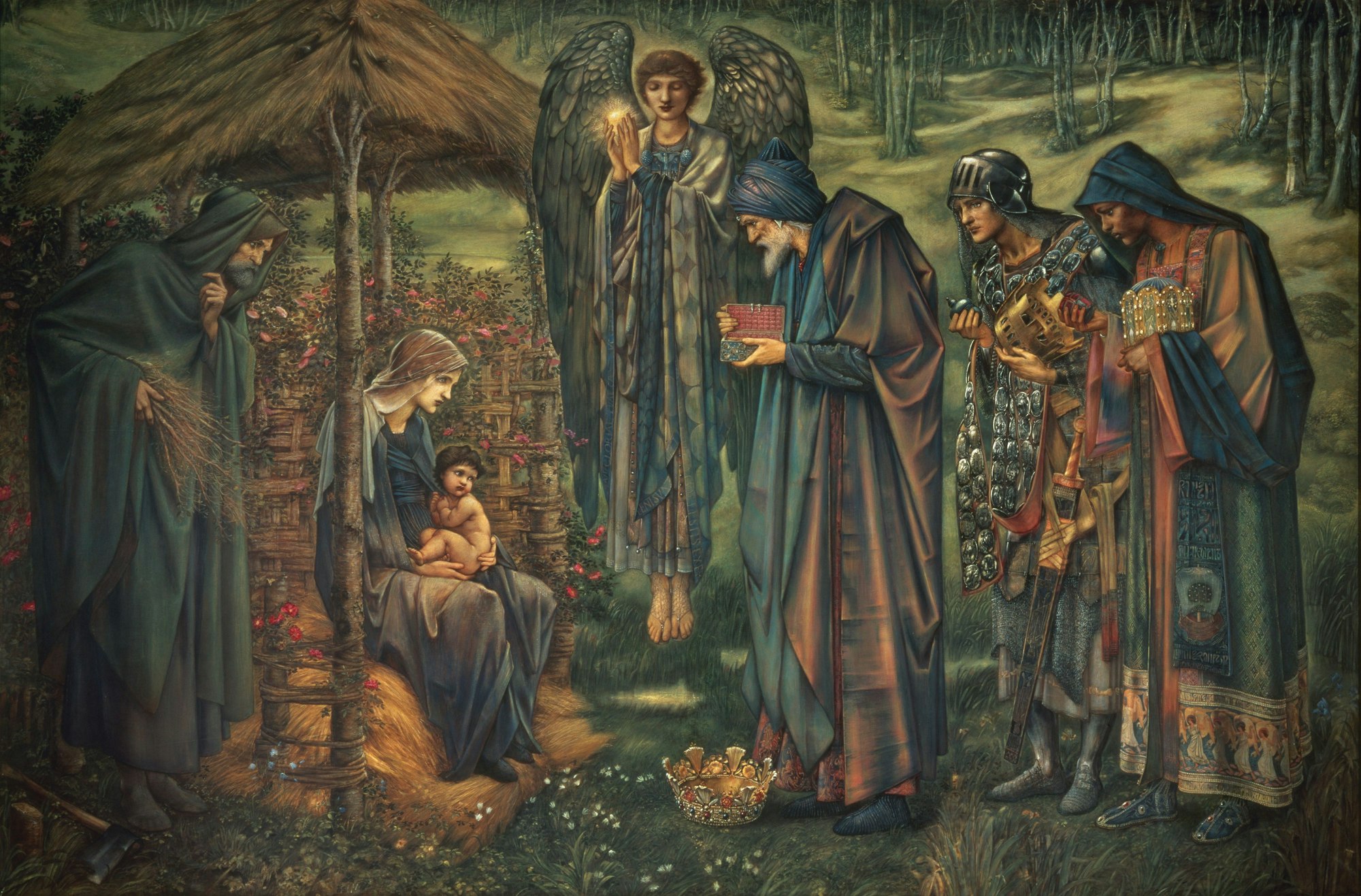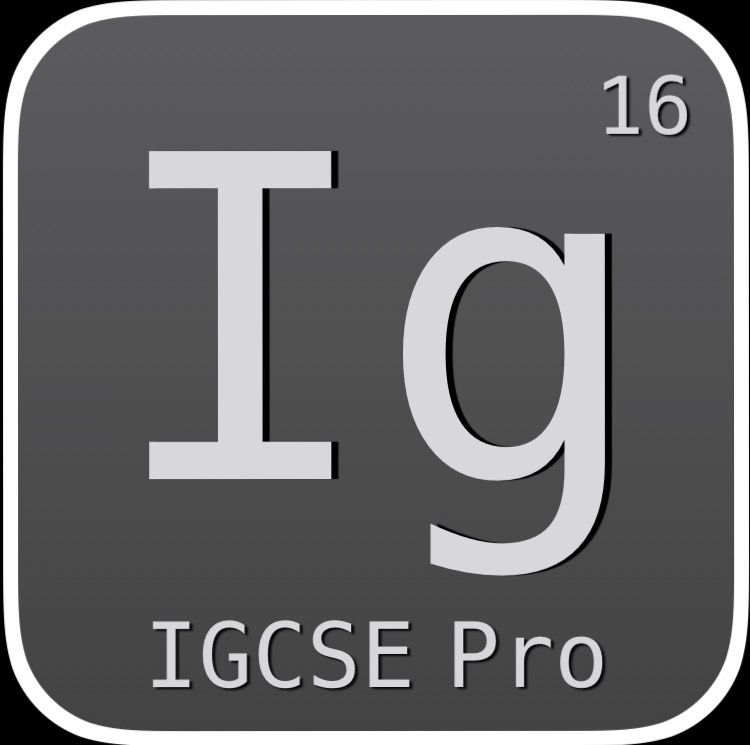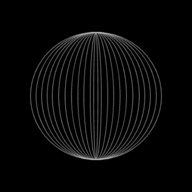Reproduction - The Plant Edition
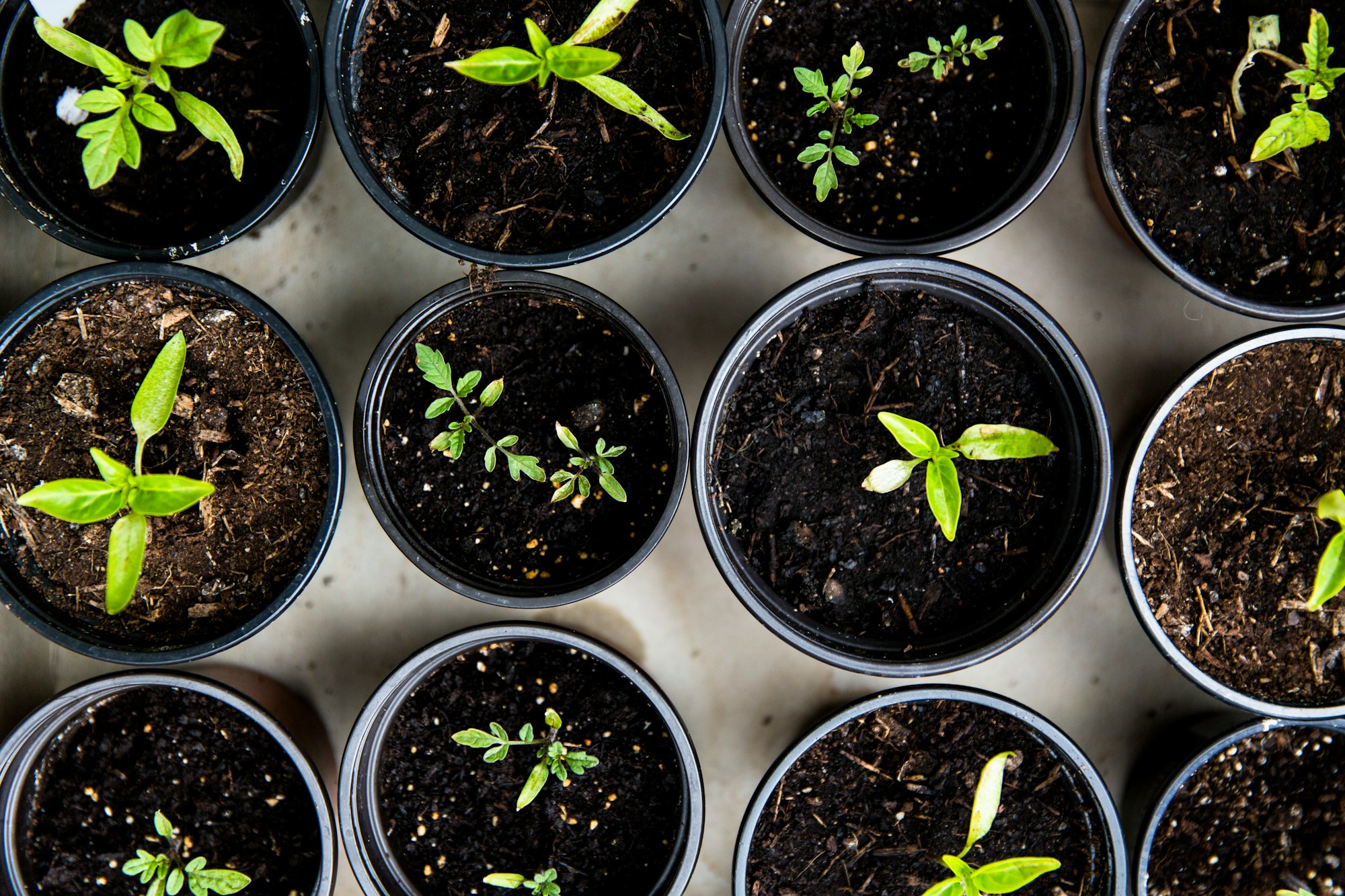
A sprouting seed, a newly born turtle cracking through its egg shell, a baby homo sapien sapien receiving its first breath on Earth. Oh, what a wonderful world 🎵
Asexual Reproduction
Question: Whats the difference between a sprouting seed, and a Human Newborn baby?
The Sprouting seed is reproduced Asexually, in contrast to the Human Newborn baby which was reproduced Sexually.
Definition: Asexual Reproduction is a process resulting in the production of genetically identical offspring(s) from one parent.
Now before you memorise this, here is some simple explanation:
Every Organism has Chromosomes (long threads of DNA found in the nucleus of the cell) wherein genetic information is contained*. When an organism reproduces asexually, some of the parent organism's cells undergo cell division through mitosis*, producing new cell which are genetically identical to their parent cells.
*See Inheritance for more information
Potatoes

Potatoes reproduce Asexually. That's how we get our Fries 🍟, and More Fries 🍟🍟, and even more Fries 🍟🍟🍟.
- A Parent potato plant has two kinds of stems- one which have leaves that photosynthesise, and one which form stem tubers under the soil.
2. Sucrose from the leaves gets transported to the stem tubers where it is converted and stored as starch.
3. Eventually, the tubers grow in size. And when they are large enough, they get harvested and used as food, and of course, as Fries.
Sexual Reproduction
Yes. Humans reproduce through sexual reproduction.
Definition: Sexual Reproduction is a process involving the fusion of the nuclei of two gametes (sex cells) to form a zygote and the production of offspring that are genetically different from each other
- Gametes are sex cells that a parent organism that reproduces through sexual reproduction produces. These include Egg and Sperm cells.
2. When two gametes fuse together, they form a new cell known as a Zygote. This process is known as Fertilisation.
3. The Zygote then divides several times until a new organism is formed.
Gametes
A gamete only contains half the number of chromosomes than an ordinary cell. When a Zygote forms, the two gametes fusing add up to the correct number of total chromosomes.
Human gametes such as egg and sperm cells only contain 23 chromosomes each. The normal number of chromosomes in a human cell is 46. When fertilisation takes place, the Zygote formed will usually have 46 chromosomes (23 + 23 = 46).
Haploid and Diploid Cells
A normal human cell contains two sets of 23 different kinds of chromosomes. One set comes from the father and the other set from the mother.
A cell with one set of chromosome is called a haploid cell.
- The nuclei of a gamete is a Haploid cell.
A cell with two complete sets of chromosomes is called as a Diploid cell.
- The nucleus of a Zygote is a Diploid cell
A Comparison between Asexual and Sexual Reproduction
| Asexual Reproduction | Sexual Reproduction |
|---|---|
| Involves one parent | Involves two parents |
| Involves mitosis | Involves meiosis |
| Doesn’t involve fusion of gametes | Involves fusion of gametes |
| Genetically identical organisms produced | Genetically different organisms produced |
Advantages and Disadvantages of Sexual Reproduction
| Asexual Reproduction | Sexual Reproduction |
|---|---|
| Genetically Identical offspring forms. | Genetically different offspring forms. |
| Offsprings more vulnerable to new infections or diseases. |
Variation makes offspring gain resistant and adaptive characteristics |
| No need to find mate for reproducing (single parent). |
Impossible without two parents. |
| Advantageous characteristics passed over to offspring. |
Wide genetic pool increases chances of survival. |
| Competition for resources such as minerals, light, and water. |
Offsprings can colonise new areas in search for resources. |
| Offsprings are clones of parents. | Lesser chances of fertilisation to take place. |
Sexual Reproduction in flowering plants
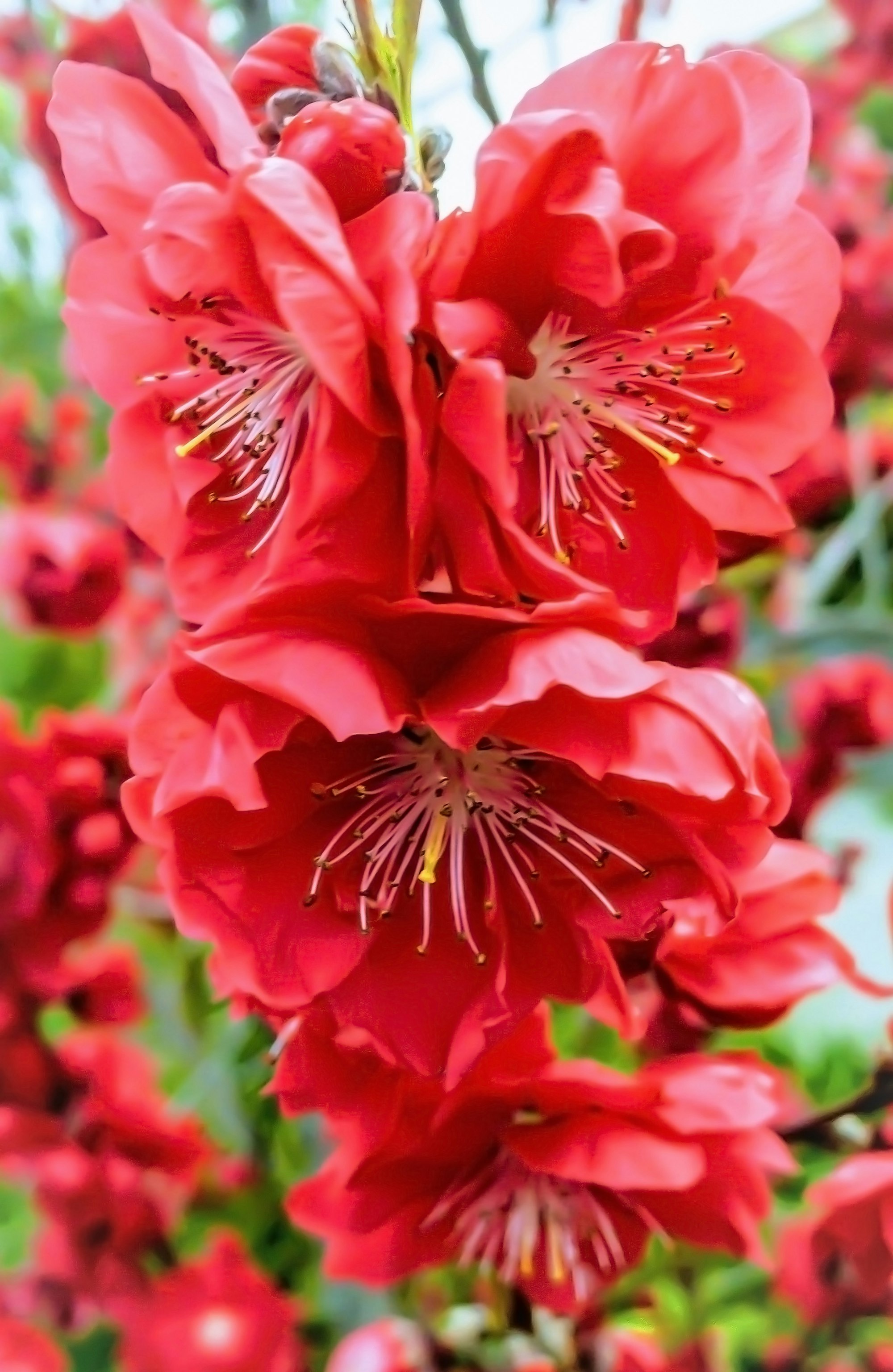
In plants, sexual reproduction leads to the production of seeds that may be stored inside its fruit.
Sexual reproduction in flowering plants usually takes place in their flowers. The function of a flower is to make gametes. Usually, plants are a hermaphrodite, which means that they can produce both- male and female gametes.
The Structure of a Flower 🌷

| Parts of the flower | Function |
|---|---|
| Sepal | Protects the flower |
| Petal | Attracts insects through bright colours |
| Nectary | Contains nectar that insects feed on |
| Filament | Anchors the anther |
| Anther | Contains the male gamete in pollen grains |
| Stigma | Catches pollen |
| Style | Supports stigma |
| Ovary | Contains the ovules |
| Ovule | Contains the female gamete |
Pollination
Pollination is the transfer of pollen grains, from the male part of the plant (anther of stamen) to the female part of the plant (stigma).
There are two major methods of pollination.
Insect pollination: involves the transfer of pollen carried out by an insect.

a. An insect such as a bee visits the flower.
b. It follows the guidelines towards the nectary and feeds on the nectar.
c. Meanwhile, some pollen gets brushed on its body and remains there.
d. When the insect visits another flower of the same plant or species, it is likely that some pollen sticks onto the carpel.
Wind pollination: involves the medium of transfer of pollen as the wind.
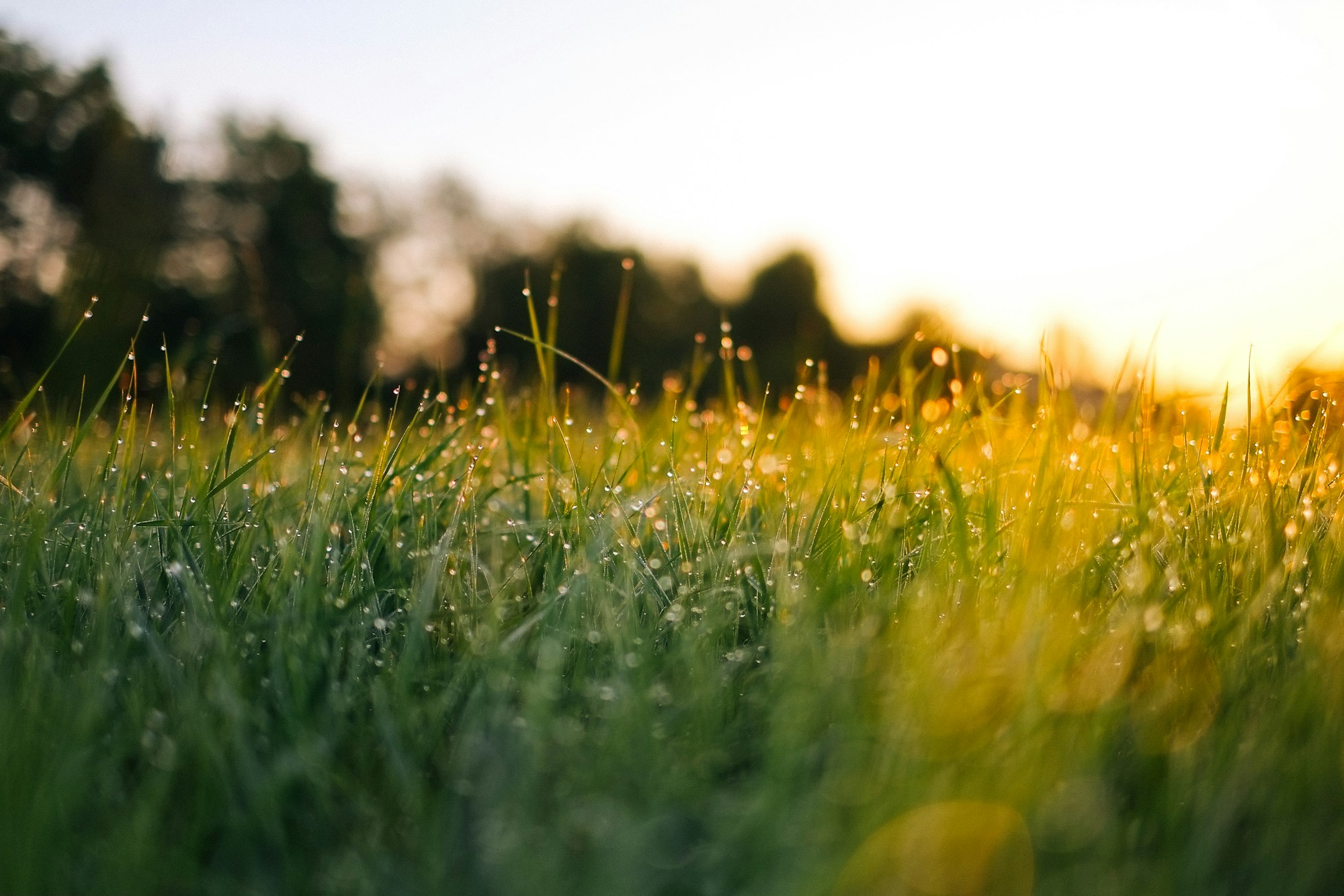
a. The anther produces large amounts of pollen grains.
b. The wind may blow some of these pollen onto the carpel of another flower of the same species.
The Different Between Insect Pollination and Wind Pollination
| Wind Pollination | Insect Pollination |
|---|---|
| Inconspicuous (pale coloured) petals | Bright, vibrant petals |
| Small, or no petals at all | Large Petals |
| No Scent | Often strongly scented |
| No Nectaries | Often have nectaries at the base of the flower |
| Anthers dangling outside flower, where wind flows | Anthers inside the flower, where insects can brush past it to eat nectar |
| Large and feathery stigma, dangling outside flower, where wind flows | Stigma inside the flower, where insects can brush past it to eat nectar |
| Smooth surfaced, light pollen, that can be blown away by the wind | Sticky and thorny pollen, that can stick to insects |
| Enormous quantities of pollen made, because most will be blown away and lost. | Quite large quantities of pollen made, because most will reach the wrong plant species’ flowers |
Types of Pollination
There are two types of pollination, namely Self Pollination and Cross Pollination.
Self Pollination

Definition: Self Pollination is the transfer of pollen grains from the anther of a flower to the stigma of the same flower or different flower on the same plant.
We can understand self pollination better through these scenarios:
- The pollen gets transferred from the anther of a flower to the stigma of the same flower
- The pollen gets transferred from the anther of a flower to the stigma of a different flower on the same plant.
Cross Pollination
Definition: Cross-pollination is the transfer of pollen grains from the anther of a flower to the stigma of a flower on a different plant of the same species.
Note that if the pollen lands on the stigma of a different species, the pollination will not be successful.
Fertilisation
Pollination just transfers the pollen containing the male gamete to the stigma. This means that the male gamete has not yet reached the ovule.
Steps to Fertilisation
- A pollen tube grows into the style towards the ovary.
- It secretes enzymes digest its way through it.
- The ovary contains many ovules with a tough covering over each ovule called integuments.
- The integuments have a small hole in them to let the male gamete pass called the micropyle.
- The pollen tube grows through the micropyle.
- The male gamete travels into the ovule
- The male and female gametes fuse together and form a zygote.
- Fertilisation takes place.
Seed germination
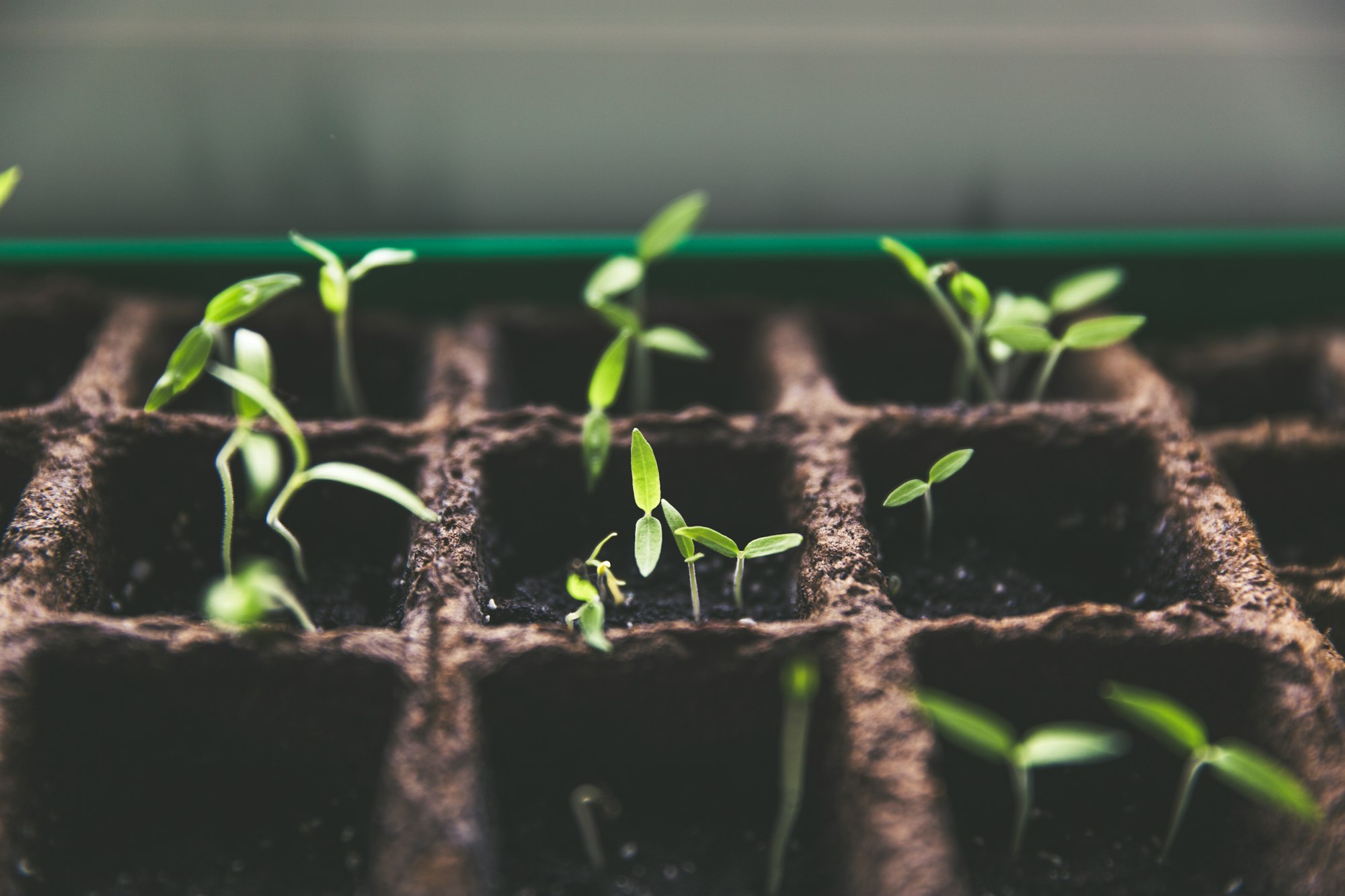
Germination occurs when a seed sprouts and starts to grow.
There are three environmental conditions that affect germination of seeds:
| Factor | Functions |
|---|---|
| Water | - Makes the seed swell in order to burst open the testa. - Activates Enzymes such as Amylase and Protease in the Cotyledons |
| Oxygen | - Facilitates the release of energy needed for Germination |
| Suitable Temperature | - Helps enzymes operate efficiently until the optimum temperature is reached |
This is the end of this guide. Hope you enjoyed it! Thanks for using www.igcsepro.org! We hope you will give us a chance to serve you again! Thank you!
Next Topic:
